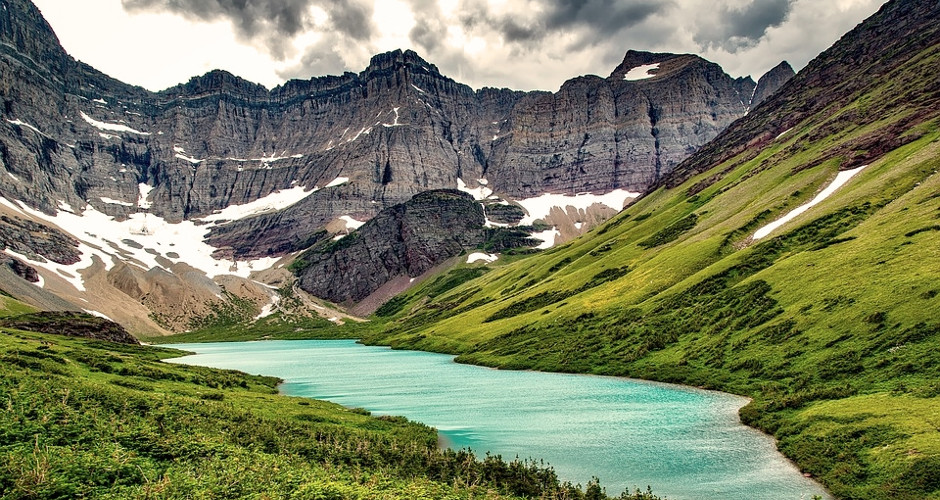— Published with Permission of FreeRangeReport.com —
“The only poll I care about is what folks in impacted communities want,” Gianforte told Montana Public Radio. “And I’ve heard clearly from county commissioners, local officials, members of impacted communities, the entire Montana state Legislature, which passed a resolution that support the measures I’ve introduced to increase public access by restoring these lands back to the Forest Service and BLM for multiple use.”
Two members of Montana’s Congressional delegation have criticized a recent poll saying the state opposes the removal of some of the Wilderness Study Areas (WSA) being outlined in legislation that would expand public use and access.
U.S. Rep. Greg Gianforte and U.S. Sen. Steve Daines took aim at the survey from the University of Montana’s “Crown of the Continent and Greater Yellowstone Initiative” that claims public opinion in the Treasure State is opposed to the reduction of WSA areas.
“The only poll I care about is what folks in impacted communities want,” Gianforte told Montana Public Radio. “And I’ve heard clearly from county commissioners, local officials, members of impacted communities, the entire Montana state Legislature, which passed a resolution that support the measures I’ve introduced to increase public access by restoring these lands back to the Forest Service and BLM for multiple use.”
“That’s one example where the people of Montana have spoken and I’ve taken action based on it,” Gianforte said.
In March, Gianforte announced plans for two bills that would release nearly 700,000 acres of WSA in Montana on National Forest and Bureau of Land Management lands.
The Congressman argued the lands have been tied up for decades. Montana’s legislature passed a resolution in 2017 calling for the dissolution of the WSAs.
“Forty years is long enough,” State Rep. Kerry White (R-Bozeman) said at the time. “Some of these people are afraid that we’re going to have industrial complexes in these areas. But if these are released, they’ll go through a formal planning process. So it’s not like we’re releasing them into anything that won’t have public involvement.”
Daines has also pushed for re-opening the public lands for multiple-use, such as logging, grazing, and motorized access.
“As a fifth-generation Montanan and avid outdoorsman, I understand how important public lands are to Montanans,” Daines said during a Senate Energy and Natural Resources Committee on his bill in February. “After 40 years of inaction from Congress, it is time to unlock our public lands and return them to the people of Montana.”
Daines’ bill, the Protect Public Use of Public Lands Act, would open five of Montana’s WSAs–Big Snowies, the Middle Fork Judith, the West Pioneer, the Blue Joint, and the Sapphire—after being off-limits for more than 40 years, awaiting a wilderness designation from the U.S. Forest Service.
The bill has drawn support from a coalition of Montana organizations, including Montana Trail Vehicle Riders Association, Backcountry Sled Patriots, Montana Mining Association, Montana Snowmobile Association, Great Falls Trail Bike Riders, Safari Club International, and Big Game Forever.


